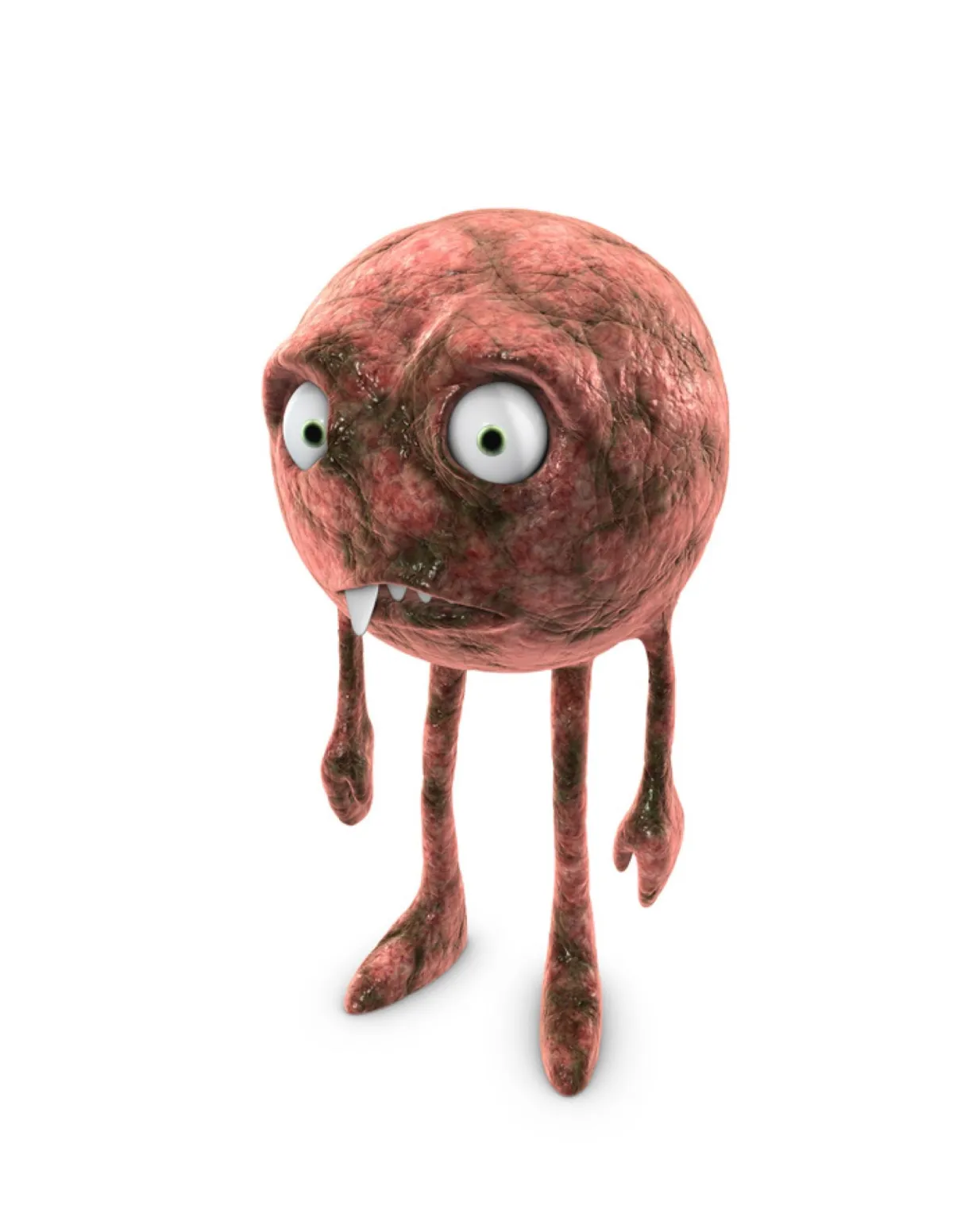Tooth Decay

Never Have Tooth Decay Again

Tooth decay is one of the most common health problems on the planet.
It leads to pain, infection, expensive dental treatment, and tooth loss. It can also cause inflammation in the gum tissues that increases the health risk for many diseases like heart attack, cancer, stroke, and diabetes.
The interesting thing is that, although it is a widespread and common problem, tooth decay is also 100% preventable – if you know what to do.
What is tooth decay?
Everybody has heard of decay in a tooth, or a “cavity” as people call it, but not so many people understand exactly what decay is. Decay occurs when bacteria in your mouth create acids that eat through the enamel on your teeth. This allows the bacteria to then move inside the tooth where they live undisturbed and slowly destroy the tooth. Tooth decay is actually a colony of bacteria living inside of a tooth.
Once these bacteria are in your tooth, there is no way you can get at them. Brushing, flossing, and mouth rinses are are ineffective at killing or removing these bad bugs. Gradually they will “eat” their way deep inside the tooth, causing pain and sensitivity along the way. Eventually they reach the nerve, thus killing the tooth and causing a tooth abscess(infection). Once the tooth is dead, the only treatment is a root canal or removal of the tooth.
How to stop tooth decay
There are many factors that determine how susceptible you are to decay, and there are many new ways to stop the decay problem. The truth is that you can effectively prevent decay and all the associated problems. Here are just three of the steps you can take to reduce your risk:
Step One: Remove The Bugs
You must mechanically remove the bacteria from the teeth and gums every day. The less bacteria that are present, the less acids that are produced, and the less decay there will be. An effective home care regimen will stop decay. If you have decay issues then your home care is not adequate, no matter how well you think you are cleaning your teeth.
Many people in particular have a problem with flossing regularly. Luckily there are several new techniques to help remove the bugs if you don’t floss regularly. If you don’t floss, then you must use other effective regimens that are available like water flossing.
Step Two: Don’t Feed The Bugs
These bugs eat whatever junk food you put in your mouth. The more you feed them, the more they multiply, the more acid and toxins they produce, and the more damage they cause. There are many foods and products you can eat to replace what you are doing now that will dramatically reduce decay in your mouth.
One is example would be to replace candy that contains sugar with candy that contains xylitol. Xylitol allows you to satisfy your sweet tooth, while at the same time decreasing the risk for decay.
Step Three: Remove Hiding Places For The Bugs
There are many places in your mouth for bugs to hide, and there are a variety of conditions that make it difficult or impossible to rid your mouth of these toxic bacteria. For example the bugs can hide underneath old leaky fillings where you can’t get at them no matter what you do. Another example would be if you have deep “gum pockets” around your teeth.
Decay is a devastating disease. Left unchecked it leads to a lifetime of problems, and increased risk for inflammation related health problems like heart attack, cancer, and stroke.
The good news is that decay is preventable, so if you have problems with decay, then you are doing something wrong.
If you would like to get the full picture about decay, and a step by step method to completely eliminate tooth decay and all the associated problems, check out my new book.
Click Here for details.
Disclaimer: The entire contents of this website are based upon the opinions of Dr. Pierquet, unless otherwise noted. Although we strive for accuracy and completeness of information provided, we assume no responsibility for errors, inaccuracies, omissions, or any inconsistencies herein. The information and procedures contained in this and related websites, newsletters, books, and reports are published for information and reference uses only. It is is not intended to replace a one-on-one relationship with a qualified health care professional and is not intended as medical advice, and in no way should it be considered a substitute for a visit to a qualified dentist, physician or other licensed health care practitioner. Any attempt to diagnose and treat an illness or condition should be done under the direct supervision of a health care professional and not based on any advice or information provided herein.
The information provided on this and all related websites is intended as a sharing of knowledge and information from the research and experience of Dr. Pierquet and his community. In all cases that you should make your own health care decisions based upon your research and in partnership with a qualified health care professional. If you are pregnant, nursing, taking medication, or have a medical condition, consult your health care professional before using products based on this content. Dr Pierquet is not responsible for any adverse effects or consequences resulting from the use of any suggestions, procedures, techniques, protocols, remedies, or preparations discussed.
Products discussed on this site are products Dr Pierquet believes will be beneficial for you, however be aware that Dental Health Buzz may receive affiliate commissions and financial renumeration for some third party products, and that Dr Pierquet does sell his own books, videos, etc on this site.
.

